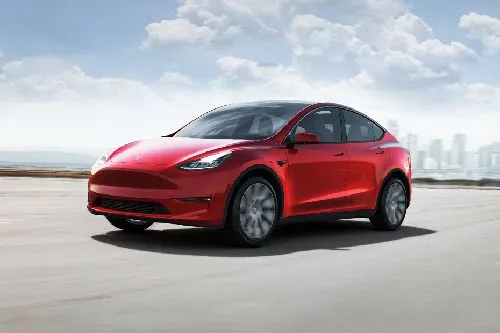
The autonomous mobility market is experiencing unprecedented growth and transformation. This evolution is driven by technological advancements, regulatory changes, and shifting consumer expectations. As society moves towards a more integrated and efficient transportation system, understanding the Autonomous Mobility Market Trends becomes essential for stakeholders, from manufacturers to consumers.
1. Technological Innovations
Artificial Intelligence and Machine Learning
At the forefront of autonomous mobility is artificial intelligence (AI). AI algorithms process vast amounts of data in real-time, enabling vehicles to make split-second decisions. Machine learning, a subset of AI, enhances the ability of vehicles to learn from past experiences, thereby improving their performance and safety. This adaptability is crucial in an environment where road conditions and traffic patterns are ever-changing.
Sensor Technologies
Advanced sensor technologies play a pivotal role in ensuring the safety and reliability of autonomous vehicles. Lidar, radar, and cameras work in unison to create a 360-degree view of the vehicle’s surroundings. These sensors allow for precise mapping and obstacle detection, which are vital for navigation and decision-making. As sensor technologies become more affordable and sophisticated, their integration into consumer vehicles is accelerating.
2. Regulatory Frameworks
Evolving Legislation
As autonomous vehicles become more prevalent, governments worldwide are revising existing regulations to accommodate this new technology. The development of clear regulatory frameworks is essential to ensure public safety and encourage innovation. Countries like the United States, Germany, and Japan are leading the charge in creating policies that facilitate the testing and deployment of autonomous vehicles.
Liability and Insurance Considerations
The question of liability in accidents involving autonomous vehicles poses significant challenges. Traditional insurance models may not apply, necessitating a reevaluation of how liability is determined. As the market matures, innovative insurance products tailored specifically for autonomous vehicles are likely to emerge, addressing the unique risks associated with this technology.
3. Consumer Acceptance
Changing Perceptions
Public perception of autonomous vehicles is gradually shifting. Early skepticism is giving way to increased acceptance as consumers become more familiar with the technology. Demonstrations, pilot programs, and successful implementations in controlled environments are helping to build trust. Manufacturers and tech companies must continue to engage with the public to address concerns and educate potential users about the benefits of autonomous mobility.
Demand for Convenience and Safety
Consumers increasingly prioritize convenience and safety in their transportation choices. Autonomous vehicles promise to reduce traffic accidents caused by human error, enhance mobility for the elderly and disabled, and provide seamless transportation options. The emphasis on user experience and safety will drive demand, further shaping the Autonomous Mobility Market Trends.
4. Sustainability and Environmental Impact
Eco-Friendly Technologies
Sustainability is a key concern for the future of transportation. Autonomous vehicles can contribute to reduced emissions and improved energy efficiency. Electric and hybrid models are gaining traction in the market, as they align with global efforts to combat climate change. By optimizing routes and reducing congestion, autonomous mobility has the potential to significantly decrease the carbon footprint of transportation.
Integration with Public Transport
The integration of autonomous vehicles into public transportation systems is another avenue for promoting sustainability. Autonomous shuttles and ride-sharing services can complement existing public transport options, providing last-mile solutions that enhance overall system efficiency. This integration can lead to decreased reliance on personal vehicles, further reducing urban congestion and pollution.
5. Collaborative Ecosystems
Partnerships and Alliances
The complexity of autonomous mobility necessitates collaboration among various stakeholders. Automakers, technology companies, regulatory bodies, and urban planners must work together to create cohesive solutions. Partnerships between tech firms and traditional automotive manufacturers are increasingly common, as both parties bring unique expertise to the table. These collaborations are crucial for developing robust autonomous systems that meet safety and regulatory standards.
Data Sharing and Privacy Concerns
Data sharing is integral to the development of autonomous mobility. By pooling data from various sources, stakeholders can improve the safety and efficiency of autonomous vehicles. However, this raises significant privacy concerns. Ensuring the security of personal data while maximizing its utility will be a challenge that requires transparent policies and robust technological safeguards.
Conclusion
The trends shaping the autonomous mobility market reflect a convergence of technology, regulation, consumer preferences, and sustainability. As stakeholders navigate this rapidly evolving landscape, understanding these dynamics is crucial for leveraging opportunities and addressing challenges. The Autonomous Mobility Market Trends signify not just a technological revolution, but a paradigm shift in how society perceives and interacts with transportation. Embracing these changes will pave the way for a more efficient, safer, and sustainable future in mobility.






